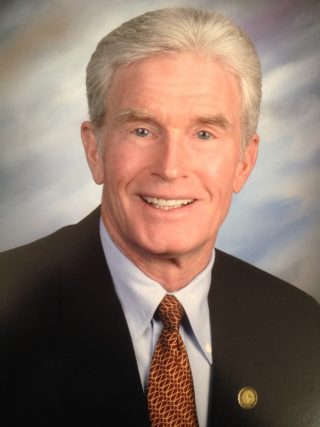HOME | ABOUT US | MEDIA KIT | CONTACT US | INQUIRE
HOME | ABOUT US | MEDIA KIT | CONTACT US | INQUIRE
A prolonged drop in U.S. Treasury yields is catching bond and fixed income traders as well as most investors by surprise. The 10-year U.S. Treasury yield dropped below 1.3% on July 7th and fell further overnight to 1.25% (despite real concerns about rising inflation and a gradual removal of Fed stimulus). Treasury yields play an important role in the economy, affecting borrowing costs on everything from mortgages to corporate bonds.

While interest rate declines have mystified many traders, the strong demand for yield is putting upward price pressure on equities, corporate bonds, and anything that reflects a potentially more worthwhile yield. However, yield spreads have collapsed. For the first time EVER junk bonds yield less than the current inflation rate. Also, average stock market yields currently are higher than bond yields. It is getting harder and harder to find any significant yield in this market, but that continues to be very positive for the stock market.
Here in the USA our money supply has exploded! Our government continues to come up with new excuses to create and distribute more cash. Our excessively high money supply is continually seeking yield, which puts significant upward price pressure on assets like real estate, bonds as well as equities. Historically the inflation hedge has been real estate and the capital markets, but how excessively expensive will those investments become?
A Wall Street colleague recently stated that his recommendation remains to buy growth stocks with the best sales and earnings momentum. To me, that seems pretty basic. We are about to enter earnings season with the expectation of seeing some terrific earning announcements which will continue to fuel an already strong stock market.
Europe and Asia previously adopted Modern Monetary Theory which dictates the unlimited printing of currencies. It looks like the US has embraced that same theory! The USA currently has a $30 Trillion budget deficit, and it is snowballing! The ultimate impact of such an ongoing direction in policy – continually printing more dollars – could easily create zero to negative interest rates (such as seen in European countries).
The USA’s creation of money will make our enormous debt extremely hard to pay down. Visualize the problem when interest rates head higher. Interest on the Government debt already exceeds the entire US defense budget. Unfortunately, the current administration’s only solution is to print more money! Does anyone believe that inflation will be transitory? Maybe some recent growth has been transitory, but don’t bet on that either!
Most analysts had expected 10-year Treasury yields to hit around 2% by this point in the COVID economic recovery, or at least by the end of 2021. In the first quarter alone, the yield soared to nearly 1.75% as the reflation trade took hold of the markets. But it looks like the move lower is now staying firmly in place. Longer-term yields are also a closely watched economic barometer, with the rates tending to fall on a weakening growth outlook and too much liquidity. It is getting harder and harder to find yield in this market, and stock market yields currently are higher than bond yields.
The release of the July 7th FOMC minutes confirmed messages conveyed by Chair Powell in his June 16th press conference. There was general agreement the conditions for tapering (slowing) QE purchases have not been met, but likely will be. The conversation about when to start, and how to do it – particularly whether to taper MBS at the same pace as Treasuries – will be discussed at future meetings. There was even a discussion about the higher interest rate forecasts by members, thus advocating earlier tightening to emphasize the uncertainty of their forecasts.
So, what can we expect in the immediate future? Anticipate an accommodative Federal Reserve, strong corporate earnings, a strong capital market, and continued low interest rates. And yes, more inflation!